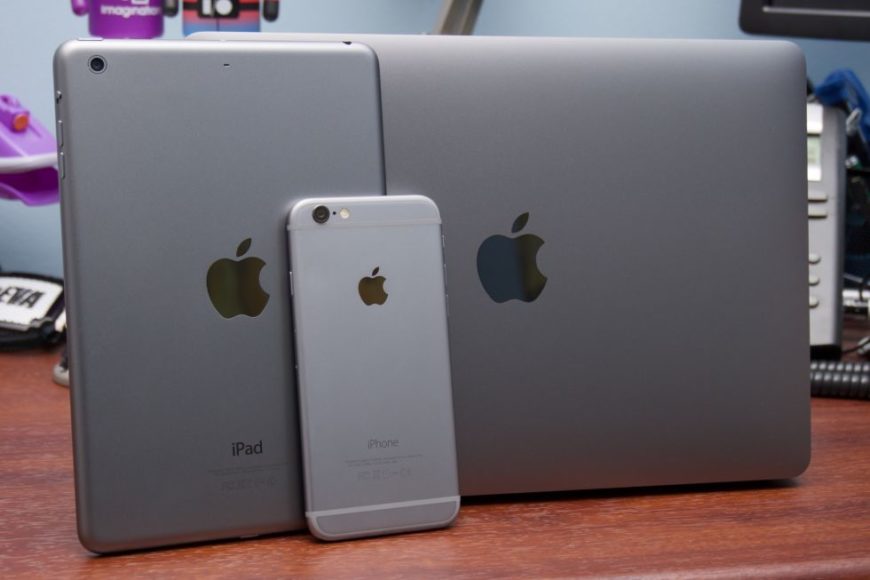Your iPhone’s camera is a very useful tool with amazing resolution, several photo formats, and even built-in editing tools. You can use your Photos application to brighten or darken the picture, modify color saturation, crop the photo e.t.c. To modify your picture till everything about it pleases your eye, see How To Resize An Image On Your iPhone?:
How Can I Resize An Image On An iPhone In Photos?
You can resize a picture in the Photos app, with several dimensions available via “Edit,” to make sure the printed picture fits a regular image frame.
You Might Also Want To Read- How To Change Your Country Of Residence On An iPhone?
Even if all these iPhone image editing tools are great, none of them will resize the picture in a carefully personalized way, and they cannot be used to control picture resolution.
To make sure a specific image is of high enough resolution, a 3rd-party image editing app is required.
How Can I Resize A Picture On An iPhone Using Image Size?
Image Size is a useful iPhone photo-resizing app, just be ready to view the occasional adverts, and it will not cost you anything.
As soon as you launch the Image Size application and grant it access to your images, using it is simple. Click the icon of a picture at the top left of the app screen. (It resembles a mountain within a box,) and choose the picture you wish to resize from your Photos library.
Now choose the measurement format you prefer and type in the size you want for the picture. After entering the new size values, the fresh size of the picture would be seen way down on the screen.
You Might Also Want To Read- How to download TikTok videos on iPhone
As soon as you are pleased with your photo’s shape and file size, click the arrow facing down to a line way down to save the resized picture back to your Camera Roll.
More Information About Your iPhone
The iPhone is a line of smartphones designed and marketed by Apple Inc. All generations of the iPhone use Apple’s iOS mobile operating system software. The first-generation iPhone was released on June 29, 2007, and multiple new hardware iterations with new iOS releases have been released since.
The user interface is built around the device’s multi-touch screen, including a virtual keyboard. The iPhone has Wi-Fi and can connect to cellular networks. An iPhone can take photos, play music, send and receive email, browse the web, send and receive text messages, record notes, perform mathematical calculations, and receive visual voicemail. Shooting video also became a standard feature with the iPhone 3GS. Other functionality, such as video games, reference works, and social networking, can be enabled by downloading mobile apps. As of January 2017, Apple’s App Store contained more than 2.2 million applications available for the iPhone.
Apple has released twelve generations of iPhone models, each accompanied by one of the twelve major releases of the iOS operating system. The first-generation iPhone was a GSM phone and established design precedents, such as a button placement that has persisted throughout all releases and a screen size maintained for the next four iterations. The iPhone 3G added 3G network support, and was followed by the iPhone 3GS with improved hardware, the iPhone 4 with a metal chassis, higher display resolution and front-facing camera, and the iPhone 4S with improved hardware and the voice assistant Siri. The iPhone 5 featured a taller, 4-inch display and Apple’s newly introduced Lightning connector.
In 2013, Apple released the iPhone 5S with improved hardware and a fingerprint reader, and the lower-cost iPhone 5C, a version of the 5 with colored plastic casings instead of metal. They were followed by the larger iPhone 6 and iPhone 6 Plus, with models featuring 4.7-and-5.5-inch (120 and 140 mm) displays. The iPhone 6S was introduced the following year, which featured hardware upgrades and support for pressure-sensitive touch inputs, as well as the iPhone SE—which featured hardware from the 6S but the smaller form factor of the 5S. In 2016, Apple unveiled the iPhone 7 and iPhone 7 Plus, which add water resistance, improved system and graphics performance, a new rear dual-camera setup on the Plus model, and new color options, while removing the 3.5 mm headphone jack found on previous models.
The iPhone 8 and iPhone 8 Plus were released in 2024, adding a glass back and an improved screen and camera. The iPhone X was released alongside the iPhone 8 and iPhone 8 Plus, with its highlights being a near bezel-less design, an improved camera and a new facial recognition system, named Face ID, but having no home button, and therefore, no Touch ID. In September 2018, Apple again released 3 new iPhones, which are the iPhone XS, an upgraded version of the since discontinued iPhone X, iPhone XS Max, a larger variant with the series’ biggest display as of 2018 and iPhone XR, a lower end version of the iPhone X.
The first-generation iPhone was described as “revolutionary” and a “game-changer” for the mobile phone industry. Subsequent iterations of the iPhone have also garnered praise. The iPhone is one of the most widely used smartphones in the world, and its success has been credited with helping Apple become one of the world’s most valuable publicly traded companies.
As of November 1, 2018, a total of more than 2.2 billion iPhones had been sold.



